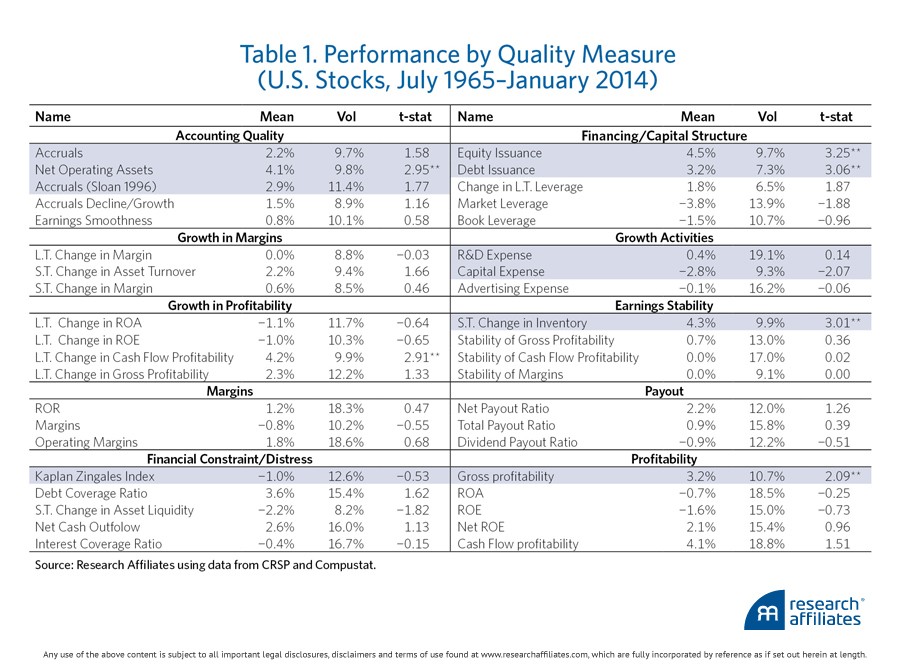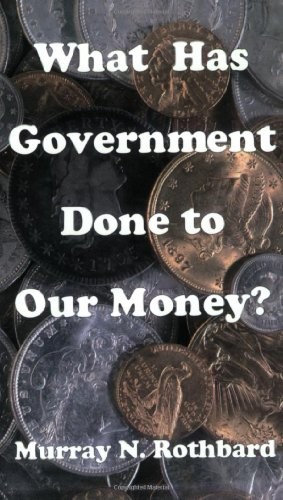3 Timeless Investment Principles The Money Ferret
Post on: 19 Июль, 2015 No Comment

3 Timeless Investment Principles
The three timeless investment principles quoted below are attributed to Benjamin Graham who is generally considered the father of security analysis and value investing. He has influenced generations of successful investors including Warren Buffet, the Omaha Oracle.
While it is hard to argue with Graham’s investment principles mindset, it is easy for this author to give his personal takes on each principle. Graham believed in first preserving capital and structured his investment advice around that piece of genius.
It is impossible to make capital grow if you do not preserve it. As you will see in Principle No. 2, it is easy to expend your capital without being a disciplined investor.
money.msn.com/how-to-invest/3-timeless-investing-principles . It is a very interesting article on investment principles. However if you only want to read the 3 investment principles and my take here they are.
Principle No. 1: Invest with a margin of safety
Graham called buying a security at a significant discount to its intrinsic value his margin of safety investment principles. He was of the strong opinion this principle not only provides high-return opportunities but also minimizes downside risk. Stated another way, an investor should strive to buy a dollars worth of assets for 50 cents.
My take: You never go broke making money. Which is my favorite of my investment principles. That may sound facetious but think about it for a minute. Isn’t that how all businesses are supposed to operate?
If your local retailer didn’t buy low and mark it up to make a profit he would be out of business. Your investment portfolio should also be viewed as a business. The idea is to maximize your returns at the lowest possible entry cost.
Principle No. 2: Expect volatility, and profit from it
Investing in stocks means dealing with volatility. Instead of running for the exits during times of market stress, the smart investor greets downturns as opportunities to find bargains. Graham illustrated this with the analogy of Mr. Market, the imaginary business partner of each and every investor.
Mr. Market offers investors a daily price quote, the price at which he would either buy out an investor or sell his share of the business. Put another way, the market will fluctuate sometimes wildly but rather than fear volatility, you can use it to your advantage to get bargains or to sell out when your holdings become over valued.
My take: Pay attention to the last sentence in this principle. Ground your investment principles around the phenomenon called volatility. The market WILL go up and it WILL go down. Your job is to pinpoint where you want to buy and where you want, or should, sell. Volatility is the mechanism that greases your exit strategy. A strategy that hopefully includes selling at a profit.
Principle No. 3: Know what kind of investor you are
Graham advised investors to know themselves. To illustrate, he made clear distinctions among various groups operating in the stock market.
Graham referred to enterprising investors and defensive investors. Those in the first group make a serious commitment in time and energy to become good investors and equate the quality and amount of hands-on research with the expected return. If this isnt your cup of tea, then be content to get passive (possibly lower) returns but with much less time and work.

My take: I don’t personally believe in labels. But if I did, I would call investors either risk takers or risk adverse investors. I would do that because risk is the underlying worry of most investors. They worry they will buy high and be forced to sell low and therefore lose their capital.
Investors could spin this to their advantage if they recognized and admitted their risk tolerance level. It simply doesn’t make sense for a non-risk taker to start investing in mini-cap stocks. That is out of character and would be the start of endless headaches.
The article also states that Graham turned the notion of risk equals return on its head. For him, the more work you put into your investments, the higher your return should be.
My take: There is a saying that goes something like this, the harder I work the more successful I am. Investing is no different. If you do not understand a thing about ETFs, don’t invest in them. If you want to start investing in ETFs, then do your homework BEFORE you plunk even a penny into that investment vehicle.
All financial gurus recommend diversified portfolios. They go so far as to suggest what percent should be in stocks and what percent should be in bonds and what percent should be in other investment products. Graham was no exception to these invesment principles.
My take: I believe in the 80 or so years since Graham began providing investment advice the “market” has changed. The landscape now offers far more opportunities. Real estate, payday loans, factoring, medical supplies, etc. are all markets that couldn’t be entered too easily in Graham’s day. Today the barriers to entry are minimal.
Therefore it is hard for me to tell a successful options trader – and I know people who make their living only trading options – to buy bonds or mutual funds or real estate. Their portfolio is 100% options. They eat, live, breathe and sleep options. If you don’t have that kind of dedication, by all means please diversify your portfolio.
And, if you do diversify your portfolio, please use Graham’s 3 timeless investment principles. You will not go wrong.














